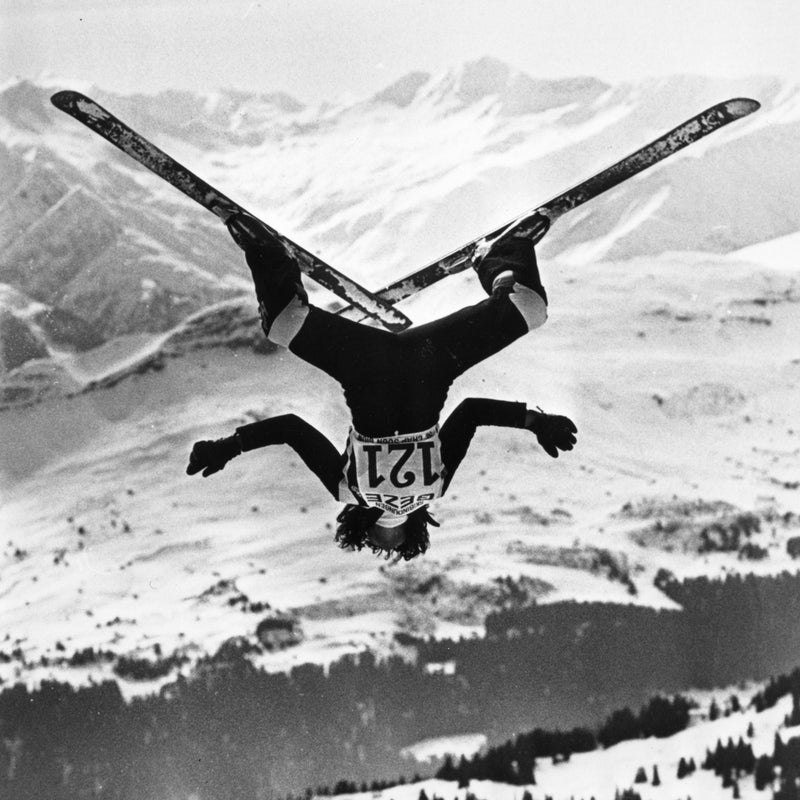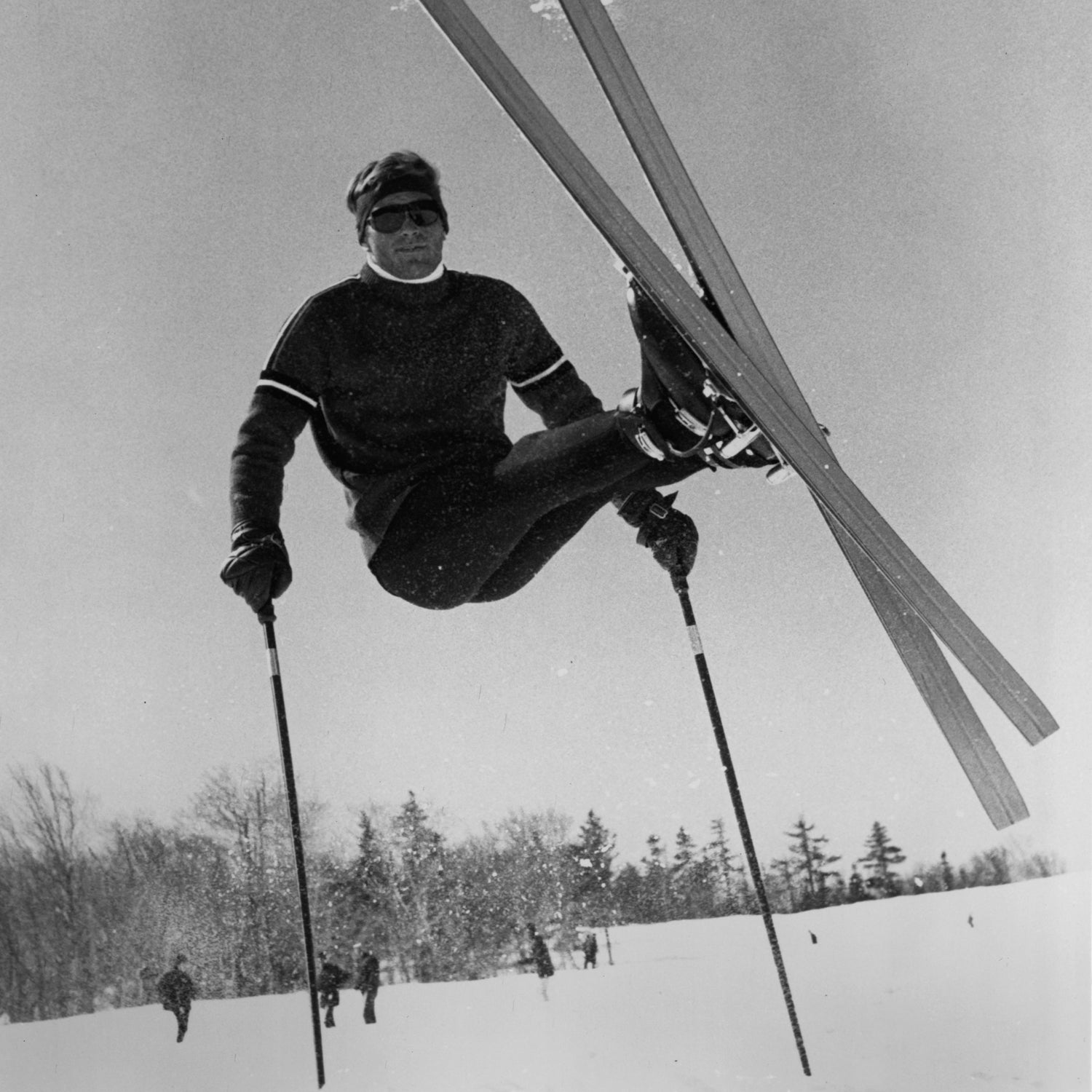Since 1950, when Warren Miller┬Ābegan traveling the U.S. with his amped-up ski footage, fall film tours have marked the arrival of winter for snow-sports lovers. Miller birthed a ski-porn industry that spawned over a dozen clones.
Warren Miller Entertainment had┬Āa film come┬Āout last fall, as usualŌĆöŌĆöbut this year things feel different. Overall, the number of ski flicks is shrinking. Last September, Level 1 , the 20th and final installment of the companyŌĆÖs storied annual franchise. It joined a growing number of production houses that havenŌĆÖt been able to sustain operations: Poor Boyz Productions stopped making feature-length shred films in 2015 and transitioned into commercial work. Smaller outfits like ┬Āand Powderwhore Productions have shuttered or moved away from the medium, too.
What happened? Since MillerŌĆÖs day, ski-film producers would cultivate a crew of elite skiers, spend the season shooting their best lines and tricks, edit them into a porn reel, and then tour it around the country. Their films were the best way to see the most exciting skiing of the previous year, documenting the rise of everything from ski ballet to backcountry skiing. But the process started to change when we got cameras inside our phones and GoPros┬Āon our helmets.

Director Josh Berman started Level 1 two decades ago to showcase underground East Coast ski culture. But his recent films struggled to compete with social media and shorter attention spans. Jon Klaczkiewicz, head of production at , says viewers are increasingly impatient and unwilling to wait for movies to reach theaters, and itŌĆÖs taking away some of the magic of watching powder shots together on a big screen. ŌĆ£Back in the day, youŌĆÖd work really hard, and then you wouldnŌĆÖt share it until the community got together,ŌĆØ he says. ŌĆ£Social media is taking out the process of discovery.ŌĆØ Today when someone does a quad cork 1800, it can be streamed on Instagram in a flash.┬Ā
Meanwhile, funding is┬Āslipping as brands that traditionally sponsor ski┬Āmovies spend more on social media. ŌĆ£ItŌĆÖs an increasing challenge to raise money for these films,ŌĆØ Berman says. ŌĆ£Ten years ago, a brand would give you $20,000 to put their logo in the credits. The conversation now is, HereŌĆÖs $20,000, weŌĆÖre going to need a team edit, a series of Instagram posts, and an e-mail grab. WeŌĆÖre stretching ourselves thin to make the same margins.ŌĆØ
To those who love seeing these movies in a theater full of other ski geeks, this shift feels like a loss. The scene is smaller, even though there are companies still putting out annual films, including Matchstick Productions, which released its 2019 offering, , last September. Berman agrees that watching clips on your phone isnŌĆÖt the same as being in a venue with friends. ŌĆ£There will never be a substitute for having people in a room experiencing the same thing,ŌĆØ he says.


